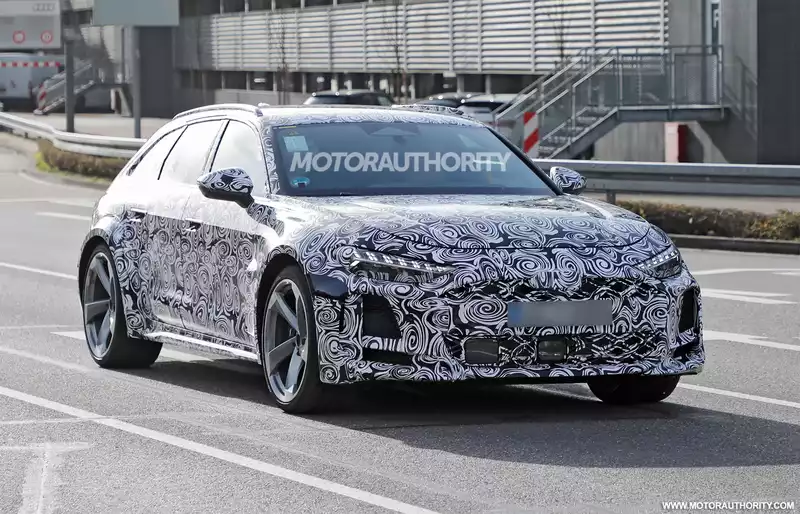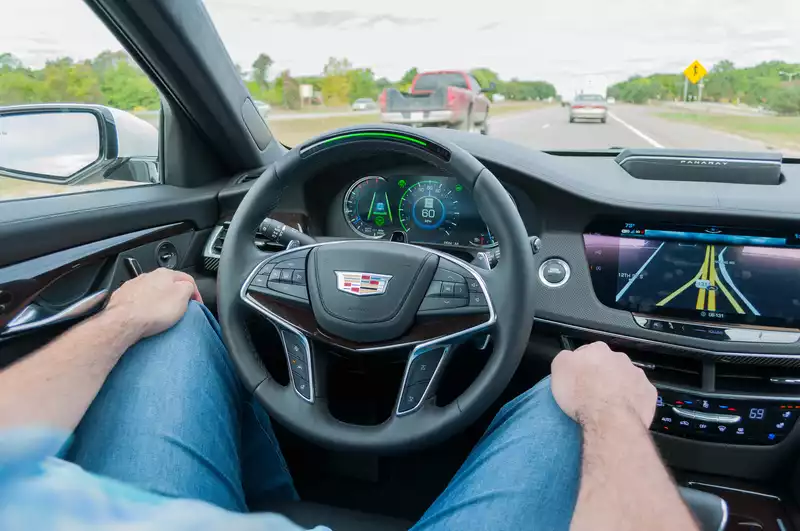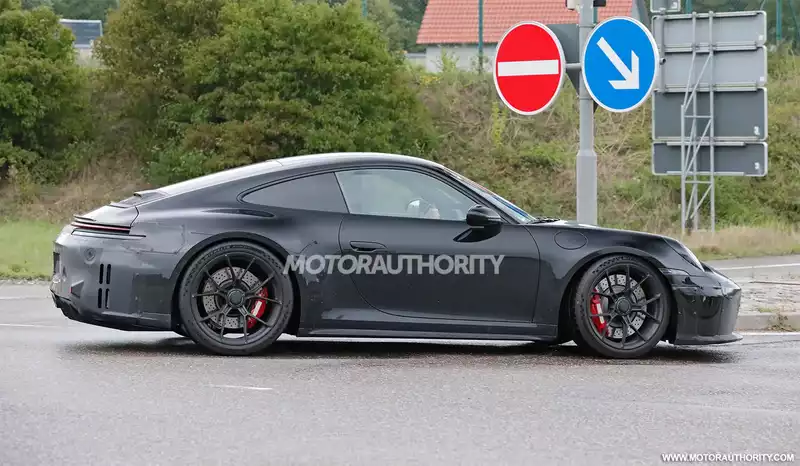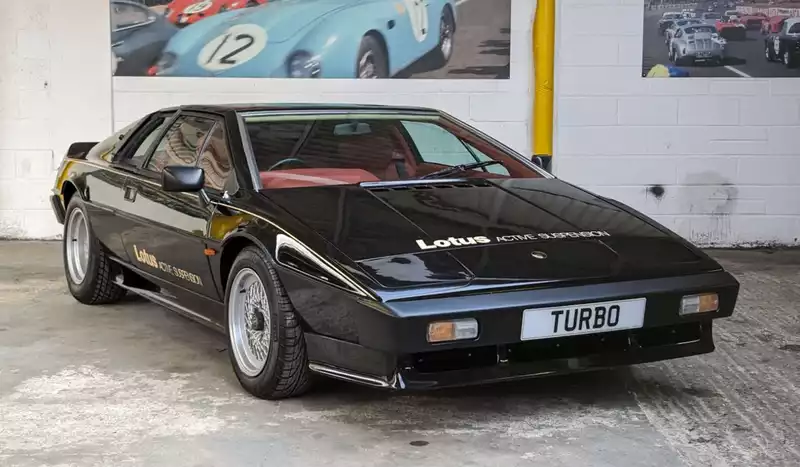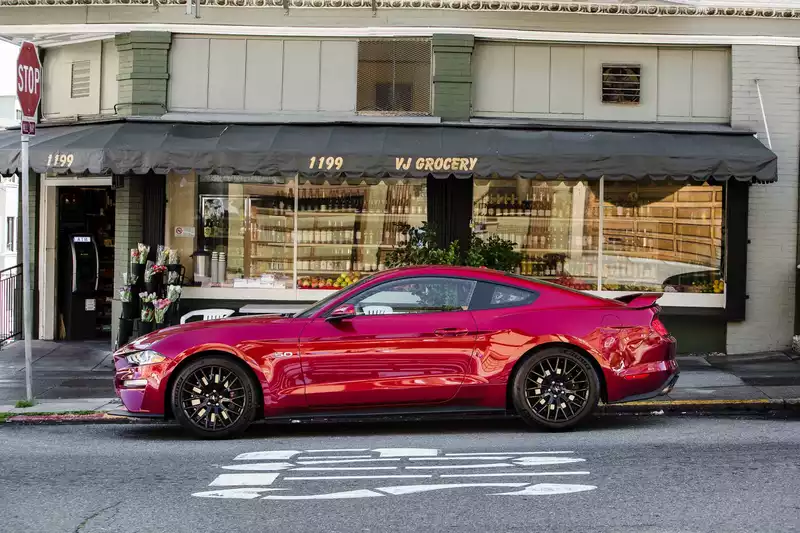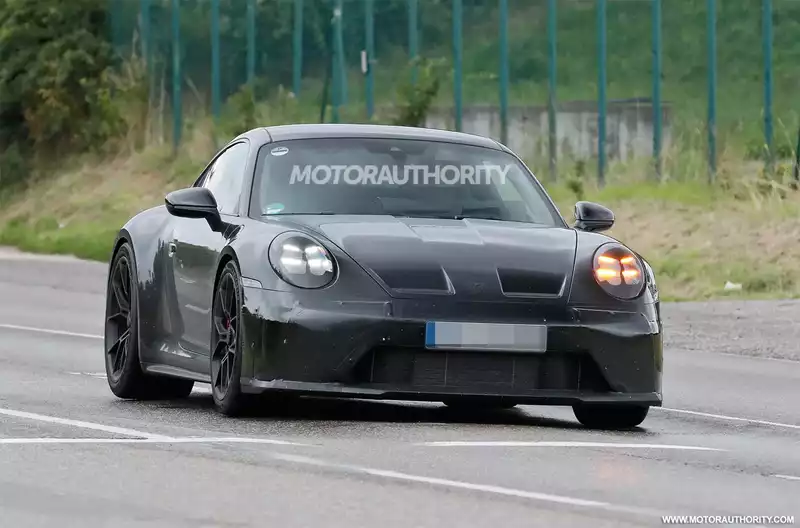The Bugatti EB110 is 30 years old.
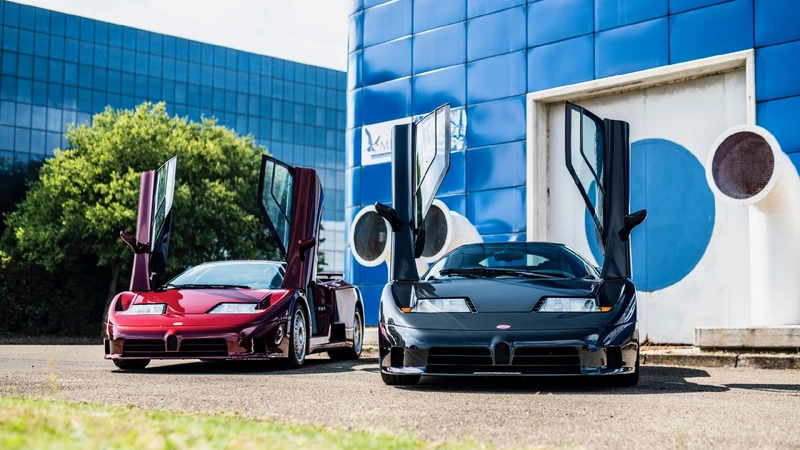
This year marks the 30th anniversary of the launch of the Bugatti EB110. This failed attempt to revive Bugatti in the modern era laid the groundwork for the Volkswagen Group-led revival of the brand.
The EB110 was the brainchild of Italian businessman Romano Artioli, who vowed at the age of 20 to revive Bugatti after production ended in 1952. Artioli acquired the rights to the Bugatti name in the 1980s and built a new factory in Campogliano, Italy.
Altiori's Bugatti Automobiles S.p.A. unveiled the EB110 in Paris on September 15, 1991, Ettore Bugatti's 110th birthday; the EB110 was one of the most radical supercars of its time, a 3.5-liter V-12 quad turbo, carbon fiber bodywork (a novelty for a road car at the time), and boasted all-wheel drive.
The V-12 engine produced 552 hp in the standard EB110 and 592 hp in the supersport version. Bugatti announced a 0-62 mph time of 3.2 seconds and a top speed of 218 mph. Still impressive numbers by today's standards, but earth-shattering back in 1991, the EB110 was for a time the fastest production car in the world, but that record was soon taken over by the McLaren F1.
After the initial excitement died down, things quickly got out of hand. Financial problems, including debts incurred by Altiori after his investment in Lotus, drove Bugatti into bankruptcy. Only 128 cars were completed by the end of production, but several more were later completed by the German company Dauer using a spare chassis, some of which were also used in the SP-110 Edonis Fenice, which was launched in 2018.
VW acquired the rights to Bugatti in 1998, and the rest is history: in 2019, Bugatti presented the Centodieci, a tribute to the EB110. A coachbuilt special based on the Chiron, it featured EB110-inspired styling and an $8.9 million price tag; 10 units sold out quickly; the car was sold out in a matter of days; and the price tag was $8.9 million.
